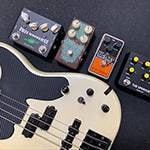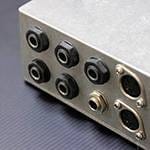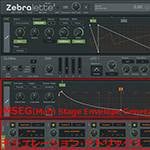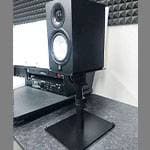■ The Difference in Sound Between the Oberheim and Sequential
This time, continuing from my previous report on the Oberheim TEO‑5, I felt a bit disappointed when I first heard this synthesizer.
While the Prophet-5 is well known for its strengths in lead sounds, Oberheim has a well-established reputation for producing excellent brass tones.
Back when I owned Oberheim’s 6-voice polyphonic expander, its first preset (number 00) was called the “TOTO HORN”. In fact, during TOTO’s live performances, these expanders were stacked on stage and around the stage area. The sonic richness they delivered was unmistakably Oberheim’s trademark sound.
I also used to own another model, which was the Matrix-6, a budget version equipped with DCOs (Digitally Controlled Oscillators), and its first preset was also a brass sound.
Additionally, the sound module used by saxophonist Michael Brecker when performing with the Brecker Brothers Band and Steps Ahead on his EWI (Electronic Wind Instrument) was an Oberheim expander. That’s how iconic Oberheim's sound was. It was fat, powerful, and especially well-suited for horn-type tones with a timeless quality.
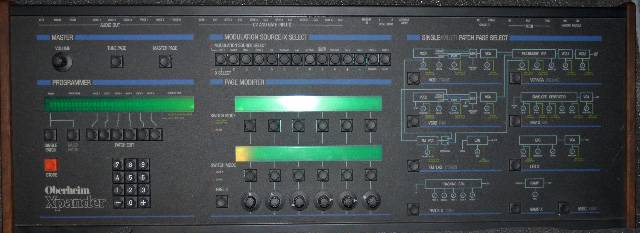
Oberheim Xpander analog synthesizer, CC BY-SA 3.0 (Source: Wikipedia)
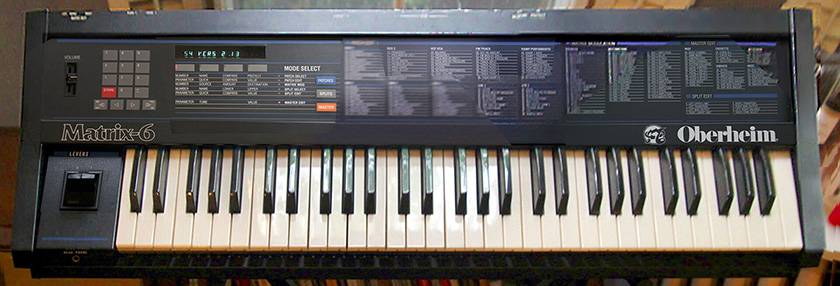
Oberheim Matrix-6, CC BY-SA 3.0 (Source: Wikipedia)
However, of the preset sounds of the Oberheim TEO-5, I found very few brass-type tones. Of course, some brass patches do exist, but they weren’t the signature Oberheim presets I had been hoping for. I couldn’t help but feel the passage of time. Perhaps, this is just how things have changed.
That said, it’s not at all the case that you can’t create brass sounds on the TEO-5. Starting from an initialized voice and programming from scratch, it’s entirely possible to create rich brass or horn-like tones without much time or effort.
The Oberheim oscillators are still very much alive, producing full-bodied, mid-to-low range harmonics with a strong presence.
■ The Oberheim TEO-5’s Panel Layout Differs from the Sequential TAKE-5
The typical signal flow of an analog synthesizer goes like this:
VCO (Voltage-Controlled Oscillator) → MIXER →VCF (Voltage-Controlled Filter) → VCA (Voltage-Controlled Amplifier) → ADSR (Envelope Generator).
In other words, the oscillator generates sound, which is then mixed, passed through a filter, shaped by envelope settings (attack, decay, etc.), and then finally output through the amplifier — a very straightforward structure.
The bottom half of the TAKE-5’s panel is laid out exactly according to this flow. This makes it extremely easy to understand and follow the sound path visually.
■ Oscillator Section
Let’s start with a general overview of the panel layout differences between the TAKE-5 and TEO-5, as well as the differing approaches when programming sounds.
1. On the TAKE-5, the VCO (Oscillator) section lets you set the pitch using traditional settings like 8-foot and 16-foot.
After that, you choose the waveform: sawtooth, sine, square, etc. Among these, the sawtooth wave contains the most harmonics. The waveform you choose greatly affects the sound’s character.
In the case of the TAKE-5, waveform settings are variable, meaning you aren’t limited to fixed wave shapes. You can blend between sine, sawtooth, and square waves, allowing for intermediate shapes. Then, you fine-tune each oscillator with detune and pitch settings. And that wraps up the oscillator section.
2. In the Oberheim TEO-5, waveform selection is not variable; instead, you select waveforms by pressing button-like switches that light up (see photo).
Each VCO can select all three types of waveforms simultaneously. While the TAKE-5 allows only one waveform per oscillator, Oberheim’s TEO-5 has the unique feature of allowing a single oscillator to produce all three waveforms at once. This contributes to the richness and thickness of the sound.
On the other hand, the TAKE-5’s waveform selection is variable, offering smooth transitions between waveforms, whereas the TEO-5 is limited to three fixed waveforms: sawtooth, sine, and square.
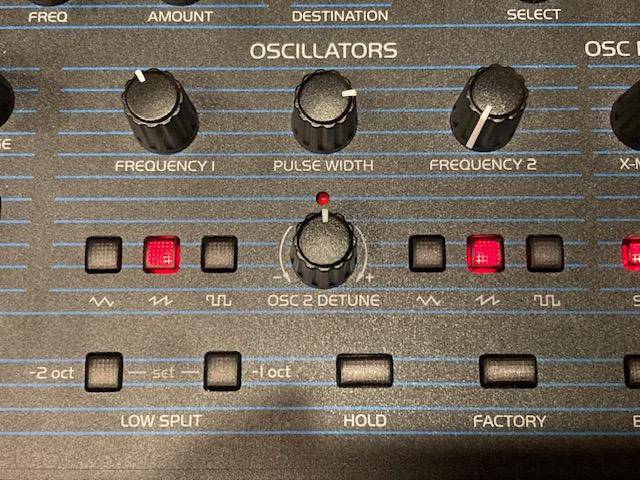
TEO-5 Oscillator Section
- The waveforms that are active are indicated by red blinking lights.
- In the center, there is a knob to detune Oscillator 2, which slightly shifts its pitch.
- While the TAKE-5 has knobs to set the pitch at fixed intervals to either 8-foot or 16-foot, the Oberheim replaces this with FREQUENCY 1 (for Oscillator 1) and FREQUENCY 2 knobs to set the pitch more continuously.
3. Interestingly, the Oberheim TEO-5 places the on/off switches for the oscillators within the VCF (Voltage-Controlled Filter) section (see photo for reference).
Just like selecting waveforms, you activate the Oscillator 1 (OSC1) and the Oscillator 2 (OSC2) by pressing the switches located on either side of the cutoff knob in the VCF section. When the switches light up, the corresponding oscillator is turned on. This design choice marks the biggest functional difference between the TAKE-5 and the TEO-5. On the TAKE-5, the oscillator control is located within the oscillator section itself — placing this feature in the VCF section is a unique and distinctive element of the TEO-5’s interface.
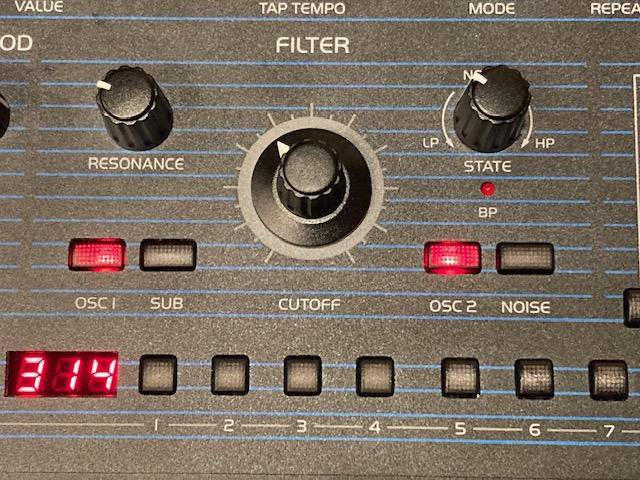
Diverse VCF Section of the TEO-5
- The VCF (Voltage-Controlled Filter) section on the TEO-5 is highly versatile. Using the top-right knob, you can continuously adjust between a low-pass filter and a high-pass filter, allowing for a wide range of tonal shaping.
- To the right of the OSC1 switch, there is a light switch for the sub-oscillator, which outputs a tone one octave lower than Oscillator 1. This is useful for adding low-end weight and depth.
- To the right of the OSC2 switch, there's another lit switch that activates the noise generator, introducing a white noise element to the signal, which can be used for percussive textures, special effects, or thickening the sound.
■ VCF / Filter Section
The VCF filters on both synths are fundamentally similar in purpose.
At the core of any analog filter are two essential controls:
・Cutoff – attenuates frequencies above (or below) a certain threshold, and
・Resonance – emphasizes the frequencies around that cutoff point.
On the TAKE-5, you're equipped not only with the classic 4-pole low-pass filter, directly inherited from the Prophet-5 lineage, but also with a high-pass filter, allowing for more flexible tone sculpting.
In contrast, the TEO-5 is fitted with Oberheim’s signature SEM (Synthesizer Expander Module) State-Variable Filter.
This filter offers two operational modes:
・A morphable mode that smoothly transitions from low-pass → notch → high-pass, and
・A band-pass mode that can be toggled as needed (see photo reference).
This morphing capability reflects more than just a technological upgrade — it offers a modern approach to sound design, giving players access to diverse tonal expressions. I personally believe these multi-dimensional filtering options play a key role in shaping the contemporary sonic character of the TEO-5.
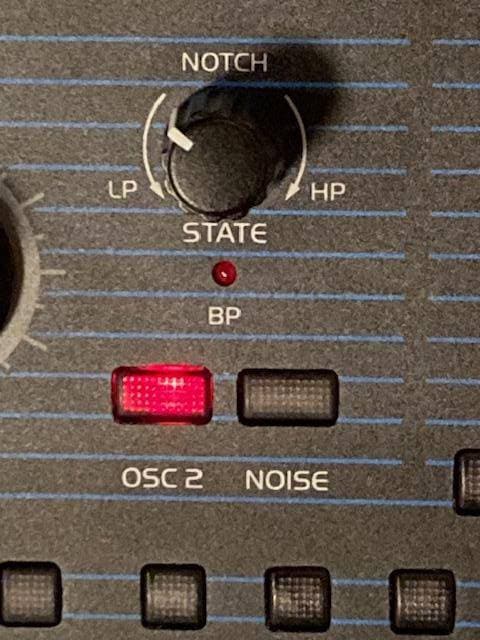
LP (Low-Pass) to NOTCH to HP (High-Pass) variable filter settings are possible.
Next time, I plan to report on sound design using the TEO-5.
The column "sound&person" is made possible by contributions from our readers.
For more details on submissions, please see here.





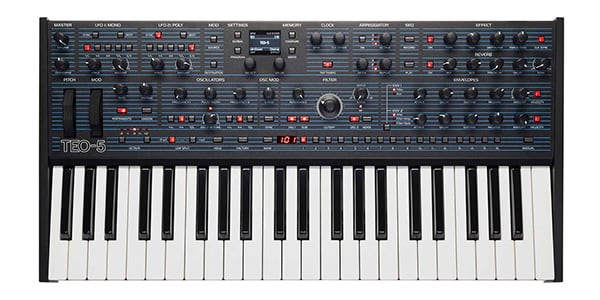


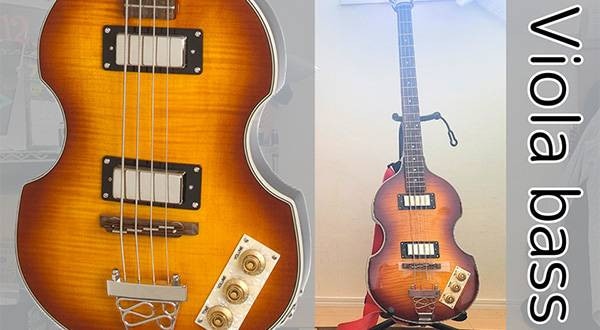
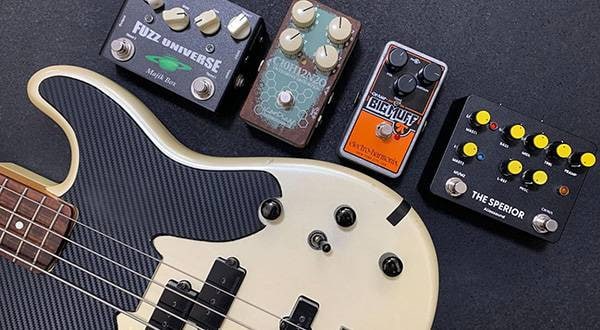

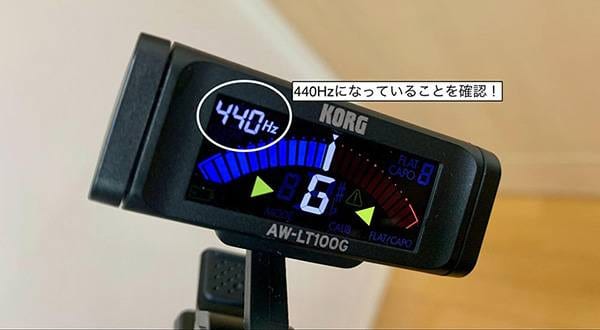
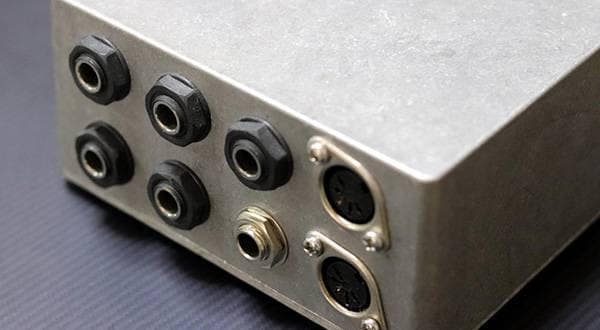
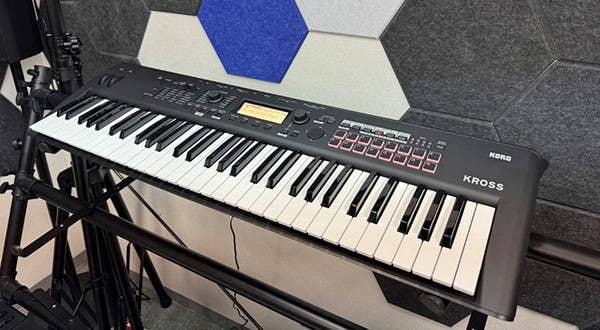

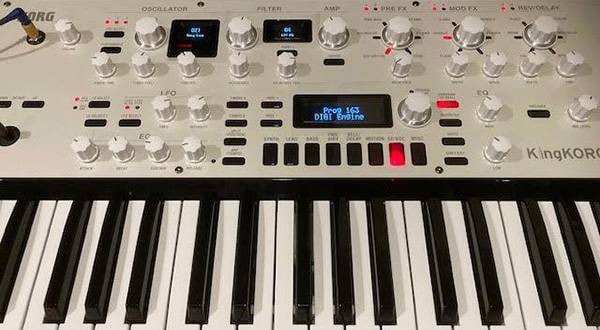
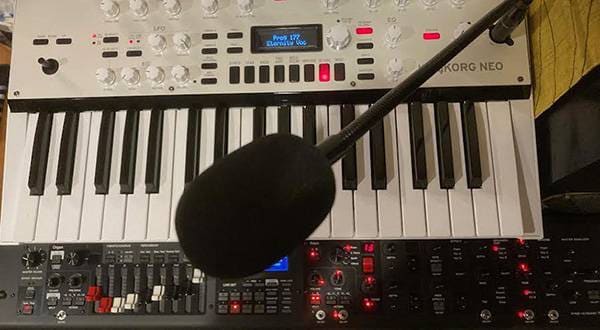
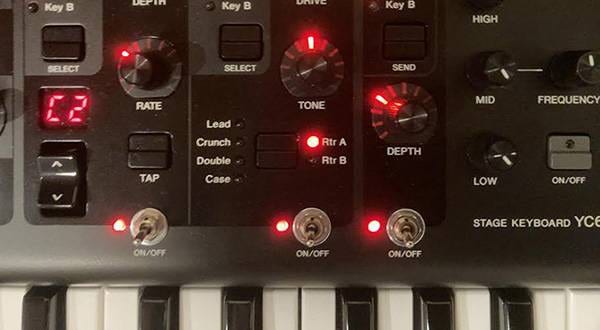

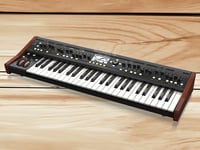 シンセサイザー 入門ガイド
シンセサイザー 入門ガイド
 ポータブルキーボード 入門ガイド
ポータブルキーボード 入門ガイド
 PLAYTECH キーボードセレクター
PLAYTECH キーボードセレクター
 PLAYTECH 鍵盤特集
PLAYTECH 鍵盤特集
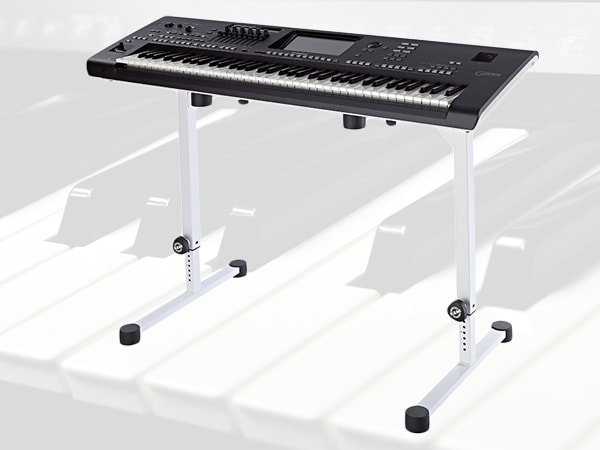 キーボードスタンドの選び方
キーボードスタンドの選び方
 キーボードスタートガイド
キーボードスタートガイド

